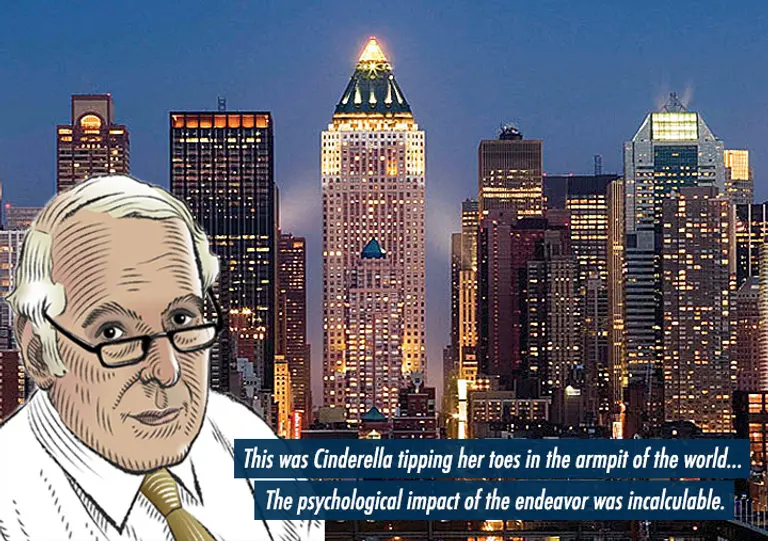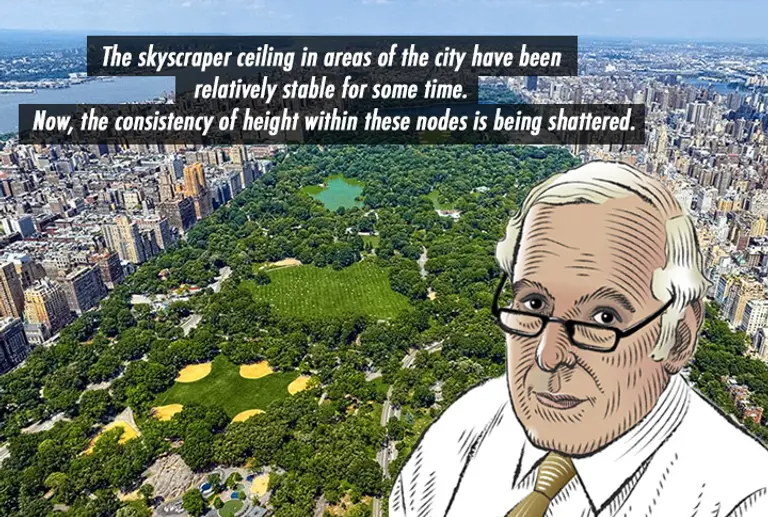
Image of WWP via Macklowe Properties
Great Game Changers: One Worldwide Plaza, A Classy Attraction for Sleazy 1980s Midtown
more on the rise of worldwide plaza and how it revived midtown manhattan

Image of WWP via Macklowe Properties









Carter Uncut brings New York City’s development news under the critical eye of resident architecture critic Carter B. Horsley. This week Carter kicks off a nine-part series, “Skyline Wars,” which will examine the explosive and unprecedented supertall phenomenon that is transforming the city’s silhouette. To start, Carter zooms in on the biggest developments shaping the southern corridor of Central Park.